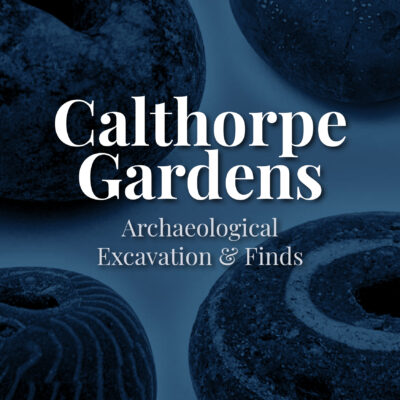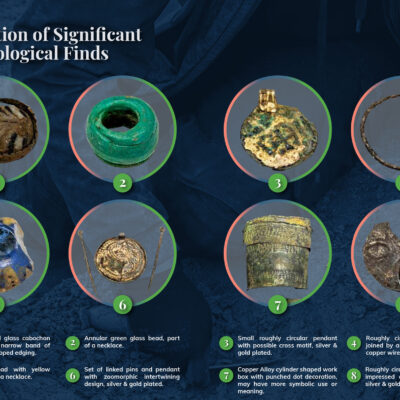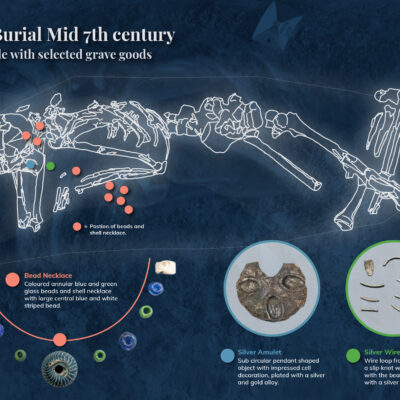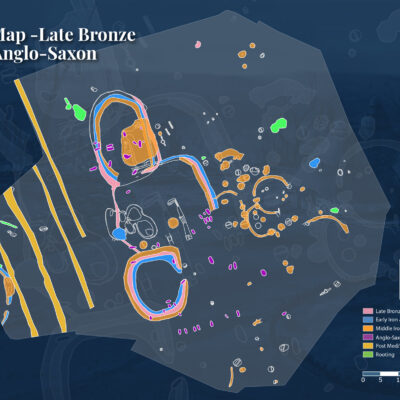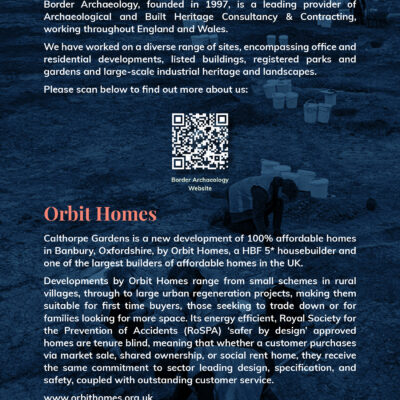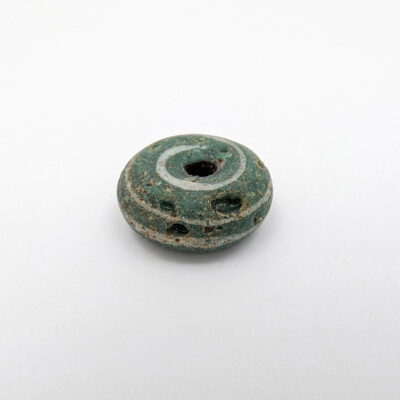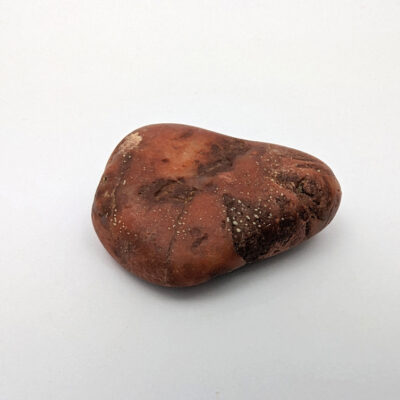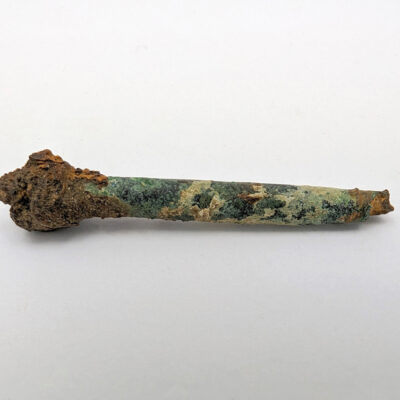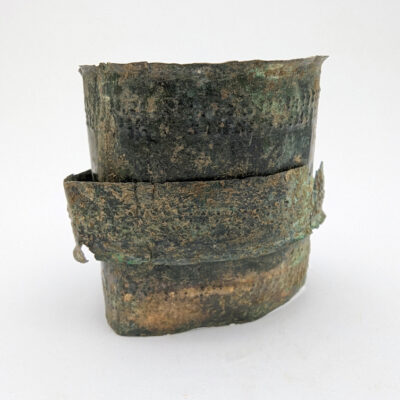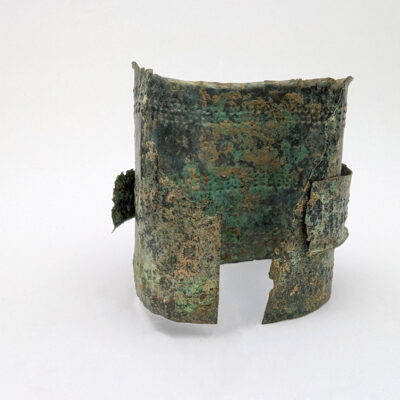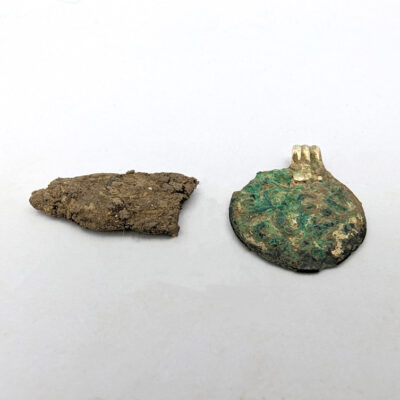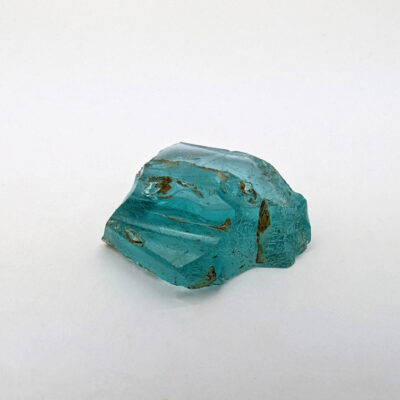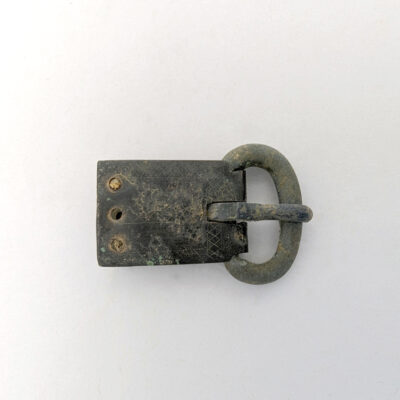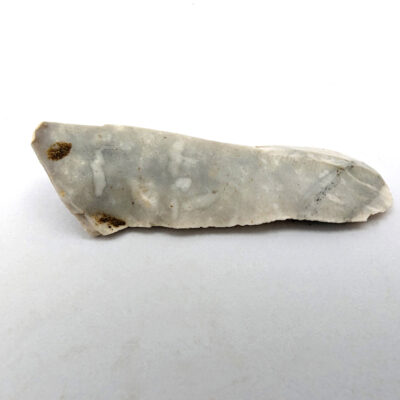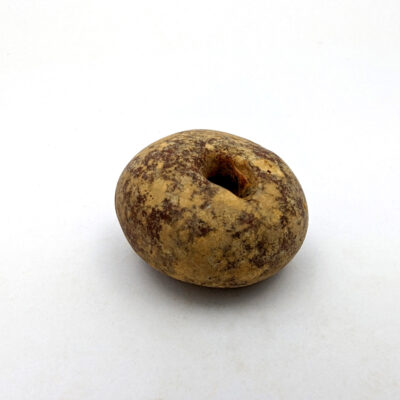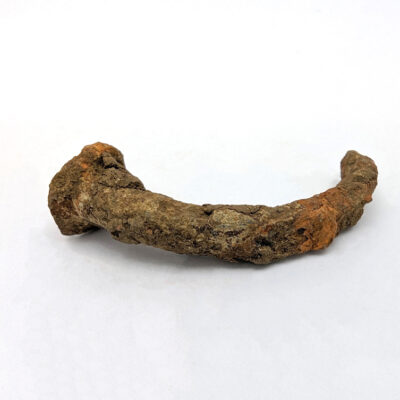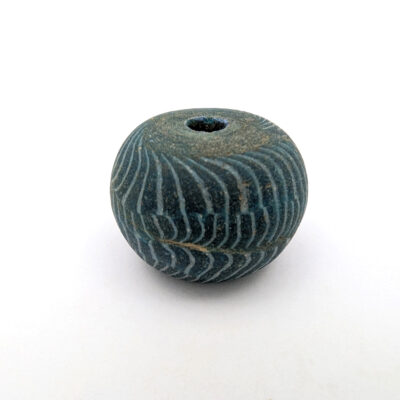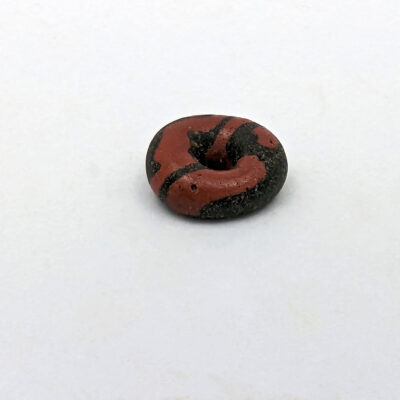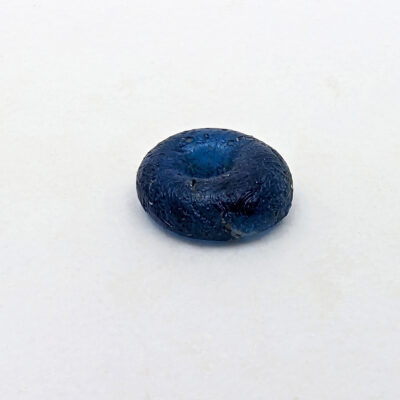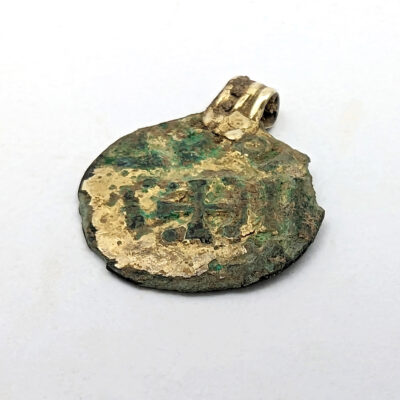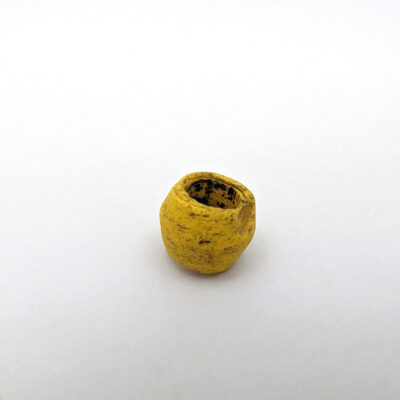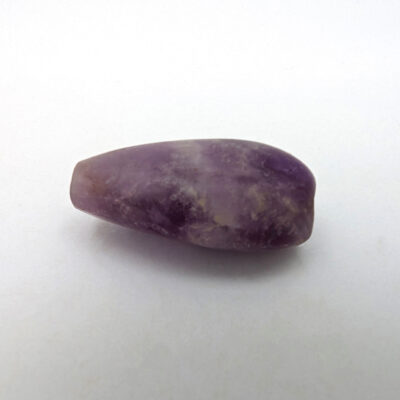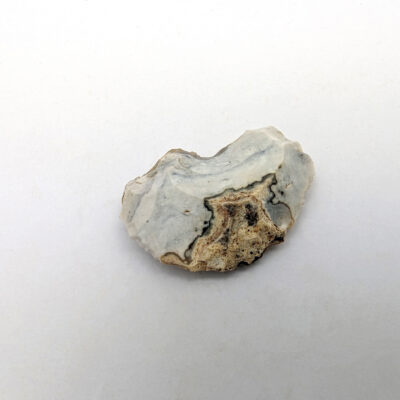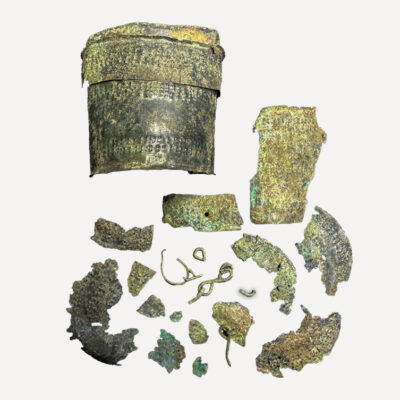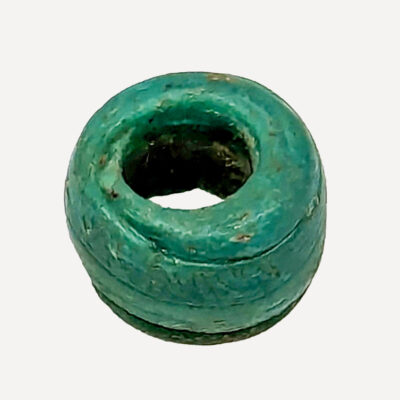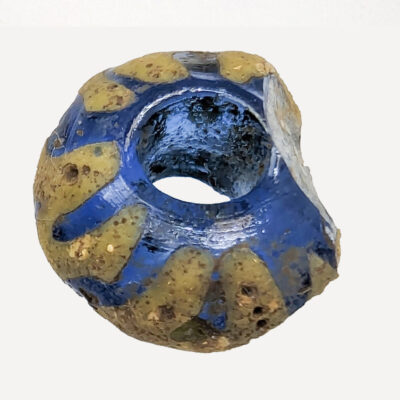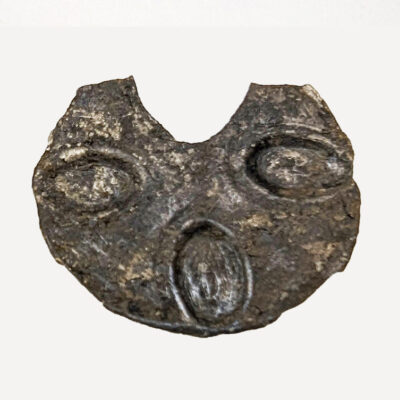Calthorpe Gardens, Archaeological Mitigation, Oxfordshire
Archaeological Evaluation confirmed the presence of a prehistoric settlement and agricultural activity; subsequent Archaeological Excavation revealed a previously unknown phase of activity, demonstrating the importance of the landscape to the prehistoric and early Medieval communities of the area.
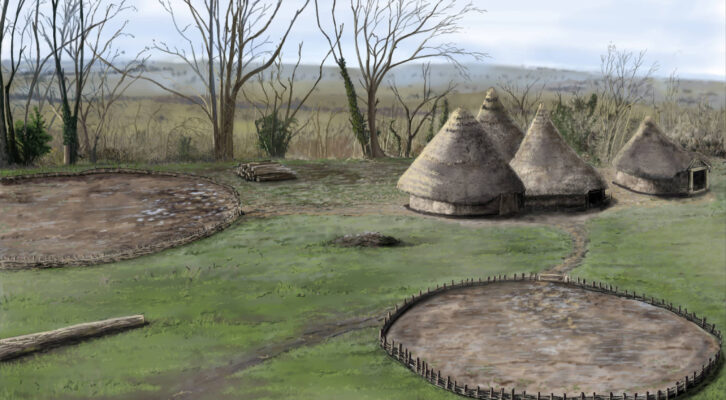
In Brief
Key Points
- Multi-phase programme of archaeological works
- Presence of Prehistoric settlement and agricultural activity
- Important landscape to the prehistoric and early Medieval communities
- 180 small finds, some classified as treasure
- Remains of 52 individuals
Summary
The prehistoric settlement was probably of the “open settlement” type as no evidence for an enclosing ditch was identified during the course of the excavation. The features attributed to this phase of activity largely conformed to those excavated during the Evaluation phase of works; they included a series of large sub-oval enclosures and smaller ring-gullies that possibly represented the remains of roundhouses, along with intersecting linear ditches and numerous pits. These were all located on the plateau at the highest point of the site, providing protection and extensive views of the surrounding landscape.
The Archaeological Excavation was successful in revealing a previously unknown phase of activity, changing from a settlement for the living to a burial ground for a relatively high-status Anglo-Saxon community. This cemetery contained articulated inhumation burials and disarticulated remains, with both adults and children represented.
Most of the burials had been interred with grave goods that likely represented personal items, from simple iron blades/ knives, to decorated bone combs, beaded necklaces and luxurious silver and gold-plated jewellery. The presence of such exquisite finds suggests links with the Continent, with the skilled craftsmanship required to create them likely reflected in their cost.
There was no evidence for activity on the Site after the Anglo-Saxon period beyond a series of later Medieval/ Post-medieval plough furrows and it is presumed that the land was either turned over to agricultural practices at this time or was abandoned entirely reverting to scrub/ woodland.
Results
A total area of c. 8,300 sqm was excavated, revealing evidence of human occupation that likely dated from the Middle/Late Bronze Age to Middle/Late Iron Age, of a small-sized settlement along with a significant Anglo-Saxon cemetery that contained the remains of at least 52 individuals.
An amazing quantity and variety of finds were recovered from the site spanning a wide date range from the Mesolithic onwards. The more significant finds, classed as small finds, highlighted the high status of the Anglo Saxon burials. A number of these finds were considered significant enough to be classified as possible treasure under the Treasure Act 1996.
The finds assemblages from the burials cover a broad range of categories, with a high volume of jewellery items such as beads and pendants and personal items such as iron blades. These artefacts can inform on the wider social and cultural practices and far-reaching trade links that would have been in use during this time.
From the wider site, relatively large quantities of Iron Age pottery and animal bone were also recovered, along with smaller assemblages of ceramic building material (CBM) and metalwork.

